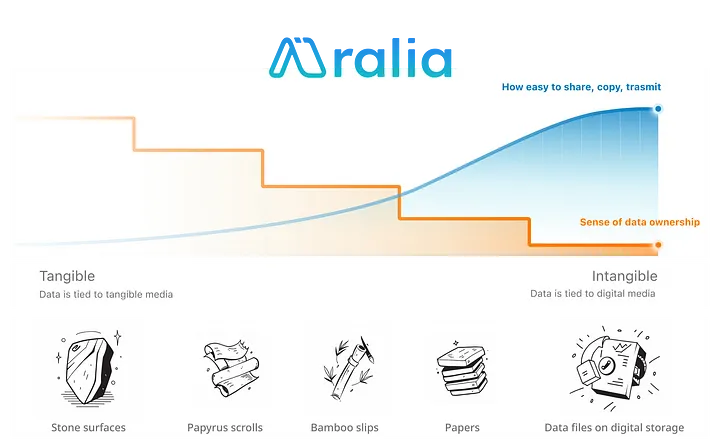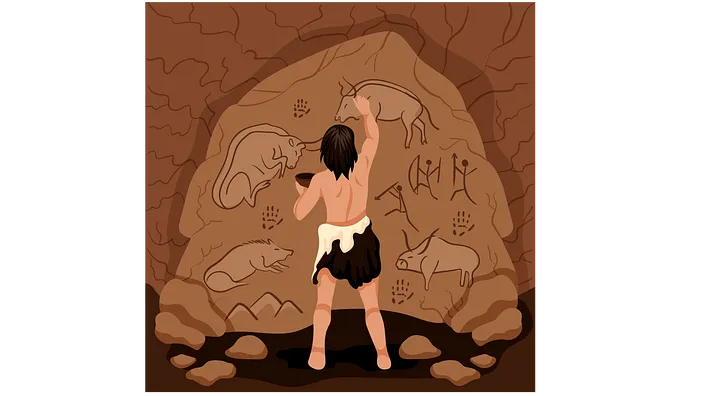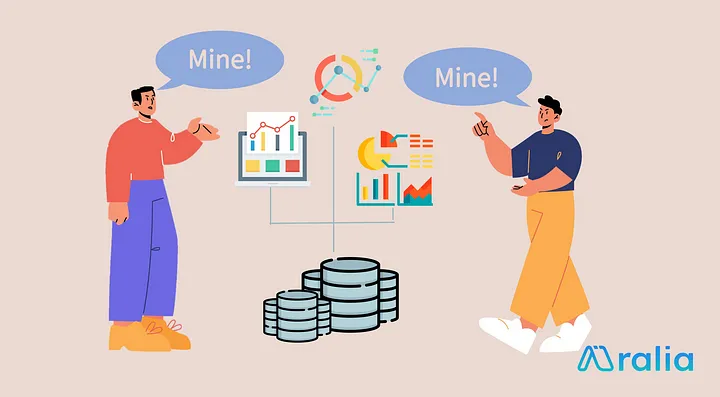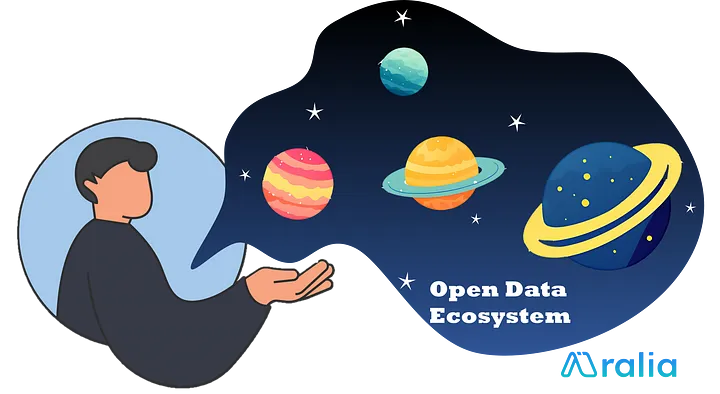Since Big Data emerged as a focal point of attention due to its distinct 3V characteristics — Volume, Variety, and Velocity — people have begun to rethink and redefine data, while wondering what developments are next.
To explore the future, we must first look back and understand how data has existed throughout history.
When discussing the history of data, many people might mistakenly believe that it only began with the development of computers. However, if we return to the essence of data as recorded facts, its existence can be traced back to ancient times, preserved through the technologies available in each era. Re-examining data from this perspective, we find that it has existed on Mesopotamian clay tablets and the reliefs of Egyptian pyramids. Despite the differences in these mediums, they share a common purpose: humanity’s quest for a second storage base outside the brain, aiming to transcend the limits of time and space in transmitting information. By examining the breakthroughs in data history, we can broadly categorize its development into four stages.

The Transfer of Information Across Time and Space: The Evolution of Data Storage
The origins of human history are intertwined with the four ancient civilizations that flourished along the Nile, Tigris-Euphrates, Indus, and Yellow Rivers. Regardless of location, the relics of these civilizations show that ancient humans used simple tools like shells, stones, reeds, and sticks to write and draw, leaving behind evidence of their existence. Through cave paintings, inscriptions on stone slabs, and even knotted cords, they preserved hunting scenes and daily life from millennia ago. These ancient records mark the starting point of humanity’s data history, serving the purpose of preserving information. However, the mediums were immobile, slowing the transmission of culture and limiting its influence. This era is the First Stage of Data — the Ancient Data Age.

By the 1st century AD, Cai Lun’s contributions to papermaking were recorded in The Book of the Later Han, stating: “In the past, writing was done on bamboo slips, and paper made from silk was expensive and inconvenient. Cai Lun used tree bark, hemp, and fishing nets to make paper.” Regardless of whether Cai Lun invented or merely improved papermaking, his systematic expansion of raw materials lowered costs and made paper more accessible. Paper’s portability soon replaced bamboo slips and silk, ushering in the Second Stage of Data — the Manuscriptive Data Age.
Paper made copying and transporting information easier, indirectly enabling the spread of Buddhism from China to Japan and Korea. After the Battle of Talas in 751 AD, papermaking was transmitted to the Arab world and eventually to Europe, revolutionizing Western writing tools. Johannes Gutenberg’s invention of the printing press in 1439 accelerated the exchange of ideas, laying the groundwork for the Renaissance, the Reformation, and the Enlightenment. The Second Stage of Data revolutionized information dissemination, significantly expanding the temporal and spatial reach of knowledge and culture, promoting cross-cultural learning.
In the 1970s, integrated circuits liberated computers from military use, and thanks to Moore’s Law, optimized chips led to the development of smaller, more efficient commercial computers. IBM and Apple introduced highly successful products for office use, shifting vast amounts of data — including business transactions, customer records, and scientific research — from paper to computer files. Data stored digitally overcame the limitations of paper media, enabling real-time cross-regional processing and reducing the risk of loss or damage. The Third Stage of Data — the Computer Data Age — began, with computers at the core and data as a byproduct.
At this stage, data was collected in structured forms, with clear fields and tables for easy statistical analysis. However, it lacked a concept of ownership. Once shared, data could be easily copied and possessed, leading to blurred lines of ownership that discouraged data providers from sharing their information.

A New Era of the Internet of Things: Embracing an Open System for Unprecedented Data Capabilities
As the cost of computer chips continued to fall and high-bandwidth telecom technologies emerged, data generation was no longer confined to computers. Billions of devices worldwide, from cars to traffic lights, are now equipped with micro-sensors. These sensors continuously transmit data, offering real-time insights. For example, Taiwan’s public transport system collects data on speed, direction, and throttle usage. This data is shared through the Public Transport Data eXchange (PTX) platform, enabling extended applications such as the Taipei Bus Tracker app for real-time updates and LINE TAXI airport shuttle services. These apps effectively utilize open data to enhance the convenience of urban life.
The data collected by micro-sensors reflects real-world actions and states in real time, ushering us into the Fourth Stage of Data — the IoT-Perceivable Data Age. Diverse, live, and ubiquitous data streams continuously flow like rivers into the sea, generating data at a scale unimaginable in the previous Computer Data Age. With this exponential data growth, it raises the question: is the traditional method of downloading massive datasets, cleaning them, and then slowly analyzing them still viable? Or should we adopt a new perspective on data utilization?
Could we imagine an open data ecosystem where data doesn’t need to be downloaded, where there is no longer a concern about whether data should be stored on your computer or mine? Instead, data could be encapsulated and accessed through predefined methods, transforming data files into uncopyable data objects with clear ownership. This would empower data providers to take responsibility for their data, ensuring quality and authenticity.

In this free data ecosystem, data can interact and even collide with one another, just as conversations between people create opportunities and cultural exchanges spark new ideas. These data collisions could yield unforeseen synergies. Just as ancient humans abandoned stone tools to find lighter storage mediums, one simple shift in thinking could herald the dawn of a new data era.
Our brand carries this mission, named Aralia — the raw material used in making the finest paper. Through this name, we pay homage to the long history of data and to those who have looked at the tools in their hands with fresh eyes and sought to improve them. We eagerly anticipate the next data era’s unfolding.
If you’re passionate about data, follow us on social media and join us in the fun of exploring data!IG: https://www.instagram.com/araliadata/
FB: https://www.facebook.com/Araliadata
-01-2.png)
0 Comments